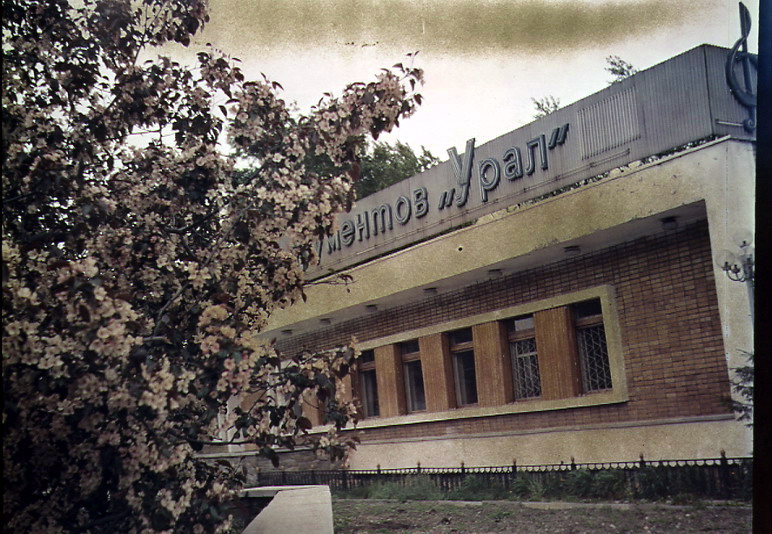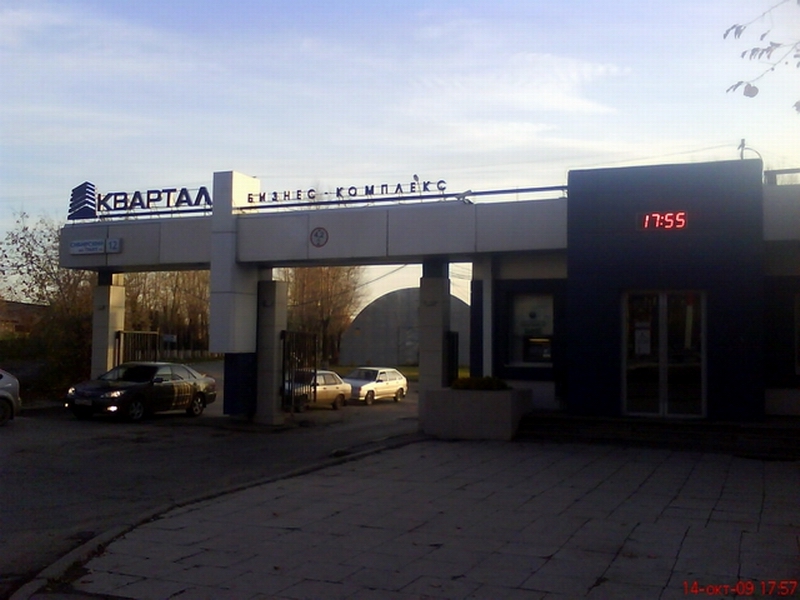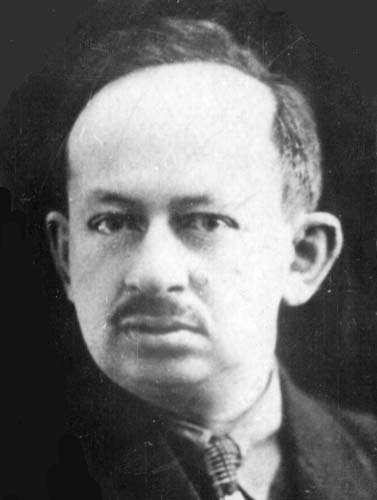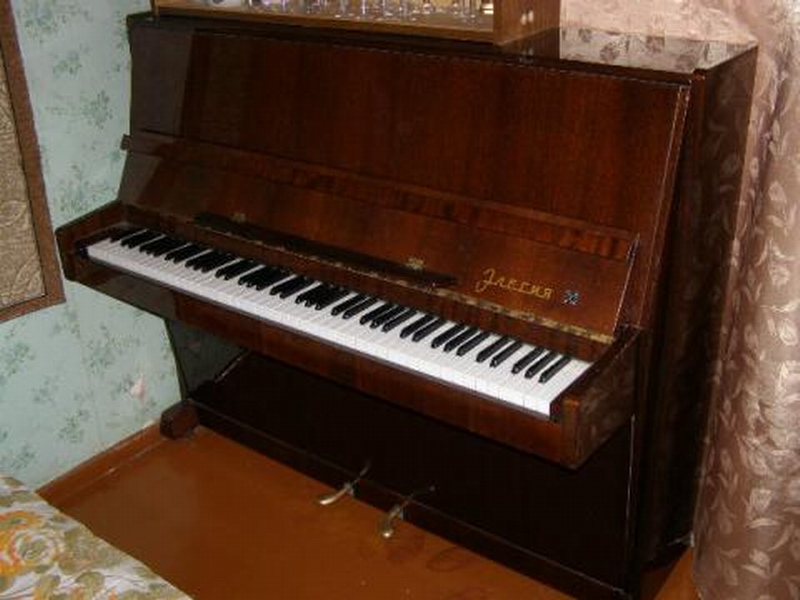| Советские гитары :: Форумы :: Articles :: Electric guitars | |||
|
|||
 Where the legend was born… (History of Ural, Part 1) Where the legend was born… (History of Ural, Part 1) |
| Автор | Добавил |
| shlepakoff |
| ||
ilya   Зарегистрирован: 29.06.2009, 18:33 Местонахождение: Houston-Москва Сообщений: 3971 | the original article by Lebowski is located here: [link] The first thing that I encountered was the complete lack of any information. What I was able to come up with online didn’t go beyond the basic info on the company’s certificate of registration as a legal entity; therefore, a part of this research had been saved to my hard drive, waiting for the right time. And the article may have never been written at all, had it not been for Oleg V. Kholuev, a remarkable person who used to be a foreman of the new product development shop at the Ural Keyboard Musical Instrument Company from July 1980 through November 1981. He was the source of the invaluable information; special thanks to him for that. And so, as you may have guessed, we’ll be addressing the good old RSFSR MMP (Ministry of Musical industry, Russian Soviet Federal Socialist Republic), the Republic-wide Industry Group for Musical Instrument Production (Rosmuzprom, in short). Or, more specifically, the Sverdlovsk’s Ural Keyboard Musical Instrument Company, judging by the inscription on the neckplates on the instruments you own, although nomenclature varies somewhat, depending on the year of production.  The view from Siberian Passage (1987).  Where the factory used to be is now Kvartal business center As I recall a joke made during a discussion of Urals on some forum or another, “only a KEYBOARD company could produce this kind of guitar”. This statement is accurate. From the very beginning and until its closure the factory manufactured pianos; such model names as Rifej, Etude, Elegy may ring a bell with some folks (by the way, the latter model was also made for export using the best and most valued timber). As I write this article, I’d like to remind you that I reside in Yekaterinburg and back in the middle of this decade I was able to enjoy the sight of the factory from a bus window almost every day, on the way to the university since the factory was the stop before mine and was located at 12 Sibirsky Trakt (Siberian Passage), Yekaterinburg, 620219. Presently, if you are curious enough to go and see for yourself, you shall find a business center there, with basically no trace of the former legend of a factory. Perhaps, just the factory buildings still stand, available for lease to anyone who wants to bother with it. By the way, it turns out that the Forestry university where I studied is directly related to the Ural Company, but more on that later. And so, many the questions remain. Why was it that this colossal company famous USSR-wide for its pianos and death-proof guitars that are rumored to have been mass-produced at a scale that makes Fender pale in comparison, fell prey to oblivion, ever so unjustly? Why did these soviet axes remain unchanged for decades, even at the time when they could still have been saved, upgraded to become a truly decent and competitive model line? Why weren’t the soviet engineers able to (assuming they ever wanted to) take into account the preferences of their consumers, i.e., musicians? And, last but not least, who were these soviet engineers whose names have been neglected by history? That is what I will attempt to address in this article. Historical background. 1928 was the year the factory was born. The exact date is October 28, 1928. Initially, the factory’s specialty was woodworking. It was founded by Boris A. Krol who later became the co-owner of this woodshop, located on Siberian Passage not too far away from the Forestry university. It had a catchy name that sounded appropriate for the times – Red Proletarian. Later, on September 11, 1930, Pr. Krol established the Department of Mechanics at the institute. (It’s such a shame that I studied at the university for five years and didn’t have a clue about this). The factory manufactured your basic types of furniture that was procured by the state as well as the institute until as late as the 50’s. During this period the factory was rapidly growing, building new shops, increasing production volumes. Piano production began. Here’s an interesting fact I discovered on of Yekaterinburg’ websites: On October 3, 1958 a 10,000th piano is being assembled at the Ural keyboard factory. The case’s already been put together, the action installed and the keyboard aligned.  Boris A. Krol, founder of the Ural factory In 1963 the Ural Keyboard Musical Instrument Company was established as a merger of the two existing factories, the Urals Proletarian plant and the Ural Piano Factory as well as multiple other smaller entities. Acoustic guitars were manufactured in addition to pianos.  Elegy, an upright made at Ural We do not yet know exactly what year the production of electric guitars began but there is some evidence (including the dates found on the early models) that leads us to believe that it may have gone operational in 1970-1973. Originally, the Tonika electric guitar was made in Leningrad starting in 1967. Later, the model was picked up by the factories in Rostov-on-Don, Ordzhonikidze and, of course, Sverdlovsk. Now let’s try to speculate on why the electric guitar production took off in the USSR, where rock music was officially banned and you could end up in jail for possession of the Beatles records? First of all, there were the legit pop-groups (VIA’s), as well as music workshops set up at thousands of rec centers nationwide. There were not enough instruments. Plus, the name of the game was progress, and it’s a well-known fact that the USSR tried to “catch up and outdo” the West. Thus, the demand. Also, there was the Rosmuzprom that controlled all the musical factories in the country. One possible scenario is that there may have been a decree issued by the Ministry of Culture that enforced that the stringed electric instruments were to be made available for the entire country. Done! – with the decree and the State Planning Committee (Gosplan) all the factories have their walking orders. Off we go. A joint creation of the soviet engineers and manufacturers, the electric guitar was born. Translated by Ilya Shlepakov, 2011 © [ Редактирование 23.03.2011, 16:43 ] Ваше шило, наше мыло: [link] [link] | ||
| Наверх |
|
| Модераторы: violet, EjiK, Басист Кайф, Я-Ха, Izol, SPA, shlepakoff, byte_crow |
Powered by e107 Forum System
| Мини-чат |
Вы должны войти, чтобы отправлять комментарии на этот сайт - пожалуйста, либо войдите, либо - если вы еще не зарегистрированы - щелкните  Skyworker79 Skyworker7915.04. : 15:30 Надеюсь,кто то из форумчан успел приобрести и мы увидим хорошие слайды! [link] Посмотреть все сообщения (118946) |
| Поиск Советские гитары |
| Счетчики |
|
|
© 2006 - 2024 SovietGuitars.com - Общество Коллекционеров Советских Электрогитар. Сайт не является СМИ. 18+
Техническое обслуживание сайта осуществляется веб-студией «Код-А»


